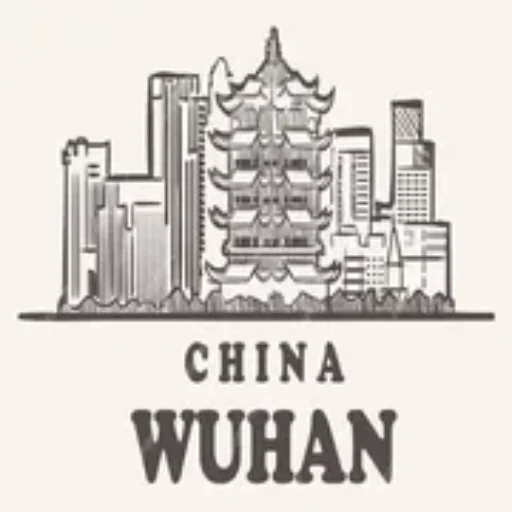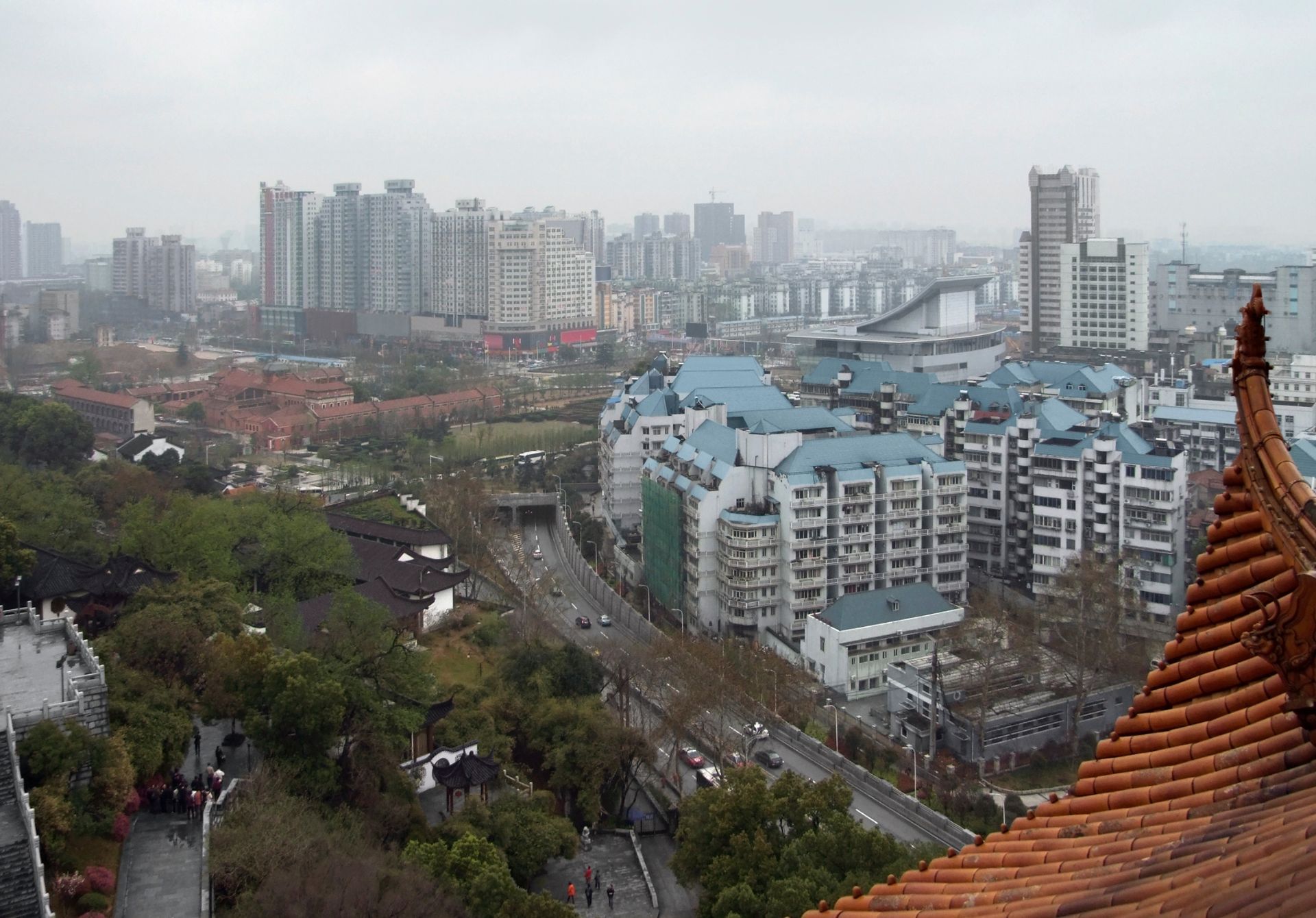Nestled in the heart of Wuhan, China’s bustling metropolis, Hubu Alley (户部巷) stands as a testament to the city’s rich culinary heritage. This 150-year-old street food paradise stretches about 150 meters through the historic district, offering visitors an authentic taste of Wuhan’s celebrated food culture. While the Three Gorges Dam and Yellow Crane Tower might dominate Wuhan’s tourist brochures, it’s Hubu Alley that truly captures the city’s soul.
The Historical Significance
Dating back to the Qing Dynasty, Hubu Alley earned its name from the nearby Ministry of Revenue (户部), which once governed the area. What began as a modest street of food vendors serving early-morning breakfast to government officials has evolved into one of Wuhan’s most vibrant cultural landmarks, attracting over 2 million visitors annually.
What to Eat: A Culinary Adventure
The alley comes alive each morning at 6 AM, with steam rising from countless food stalls and the animated calls of vendors filling the air. Here’s what you absolutely can’t miss:
- Hot Dry Noodles (热干面) – Wuhan’s signature breakfast dish, served by at least 20 different vendors in the alley
- Doupi (豆皮) – A local delicacy made from bean curd skin filled with sticky rice
- Mian Wo (面窝) – Deep-fried dough rings with a crispy exterior and soft interior
- Soup Dumplings (汤包) – Freshly steamed and filled with aromatic broth
- Crayfish (小龙虾) – A must-try during summer evenings, when the alley transforms into a seafood paradise
Practical Tips for Visitors
Based on recent visitor data and local insights, here’s what you need to know:
- Best visiting hours: 6 AM – 10 AM for breakfast, 5 PM – 10 PM for dinner
- Average cost per person: 30-50 RMB ($4-7 USD)
- Peak seasons: March-May and September-November
- Location: Near Huanghelou Station, Line 1 (Yellow Crane Tower area)
Cultural Experience Beyond Food
While food is the main attraction, Hubu Alley offers more than just culinary delights. The street’s architecture features a fascinating blend of traditional Hubei and modern elements. Local artisans often display traditional crafts, including paper cutting and sugar painting, especially during weekends and festivals.
Modern Developments and Preservation
In 2012, the local government invested 50 million RMB in renovating Hubu Alley while preserving its historical character. The renovation brought improved sanitation standards and modern amenities while maintaining the traditional atmosphere. Today, all 120+ vendors in the alley are certified and regularly inspected, ensuring food safety without compromising authenticity.
Making the Most of Your Visit
- Download a translation app – many vendors speak limited English
- Bring cash – while some vendors accept WeChat Pay, cash is still king
- Visit during weekdays to avoid the largest crowds
- Follow the locals – if there’s a long line, the food is usually worth the wait
Conclusion
Hubu Alley represents more than just a food street; it’s a living museum of Wuhan’s culinary traditions and cultural heritage. Whether you’re a food enthusiast, cultural explorer, or curious traveler, this historic alley offers an unforgettable glimpse into authentic Chinese street food culture. With its perfect blend of traditional flavors and modern conveniences, Hubu Alley continues to enchant visitors while maintaining its status as a beloved local institution. Don’t miss this essential stop on your Wuhan itinerary – your taste buds will thank you!

